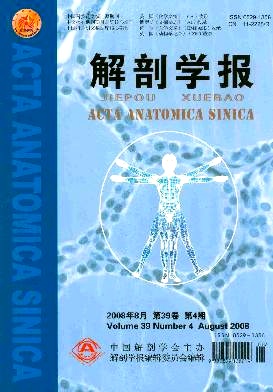|
|
THE REGULATING EFFECT OF CELL SURFACE RECEPTOR LINKED SIGNAL TRANSDUCTION PATHWAYS ON RAT LIVER REGENERATION
2008, 39 (3):
316-322.
doi:
Objective To study the regulating effect of in the regulation of cell surface receptor linked signal transduction pathwayrelated genes on rat liver regeneration (LR) at transcriptional level. Methods Genes involved in the above pathways were obtained by data collection and literature review. The gene expression changes during LR were checked by Rat Genome 230 2.0 array, and LR-related genes were identified by comparing gene expression difference between partial hepatectomy (PH) and sham operation (SO) groups. Results 491 genes were identified as LR-related. There were 742 kinds of interactive relations in 226 beforementioned genes. In the 12 kinds of signaling pathways cytokine and chemokine mediated, enzyme linked receptor, G-protein coupled receptor, glutamate, antigen receptormediated, integrinmediated, lipopolysaccharidemediated, Notch, osmosensory, smoothened, Toll and Wnt——the numbers of upregulated and downregulated LRrelated genes were 26 and 23, 164 and 54, 59 and 51, 5 and 1, 22 and 14, 21 and 10, 1 and 1, 4 and 11, 23 and 11, 32 and 17 respectively. In LR, the numbers of upregulated and the downregulated genes were 188 and 128, 464 and 190, 308 and 207, 13 and 5, 88 and 46, 123 and 50, 2 and 1, 20 and 43, 148 and 30, 174 and 62 in the corresponding pathways. The genes which up regulated mainly occurred 0.516, 30, 42, 54, 96 hours and which down regulated mainly occurred 18-24, 36, 60-72, 120-168 hours. Conclusion In l
Related Articles |
Metrics
|


